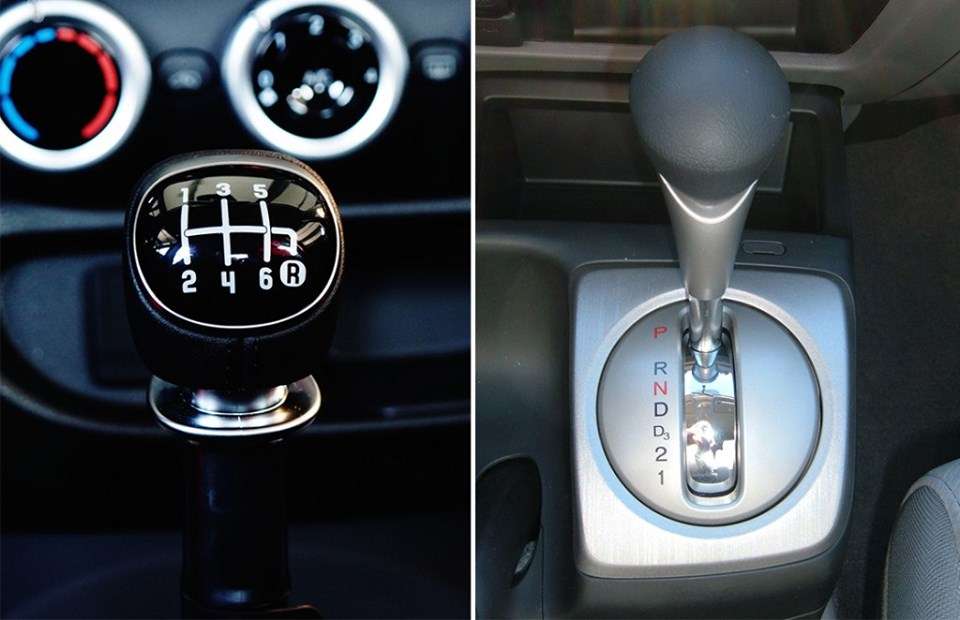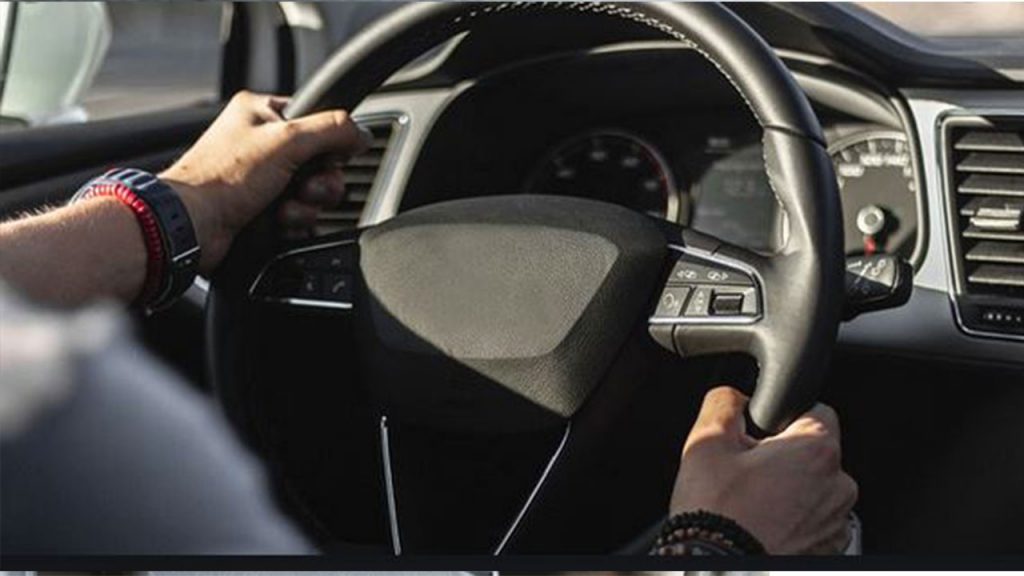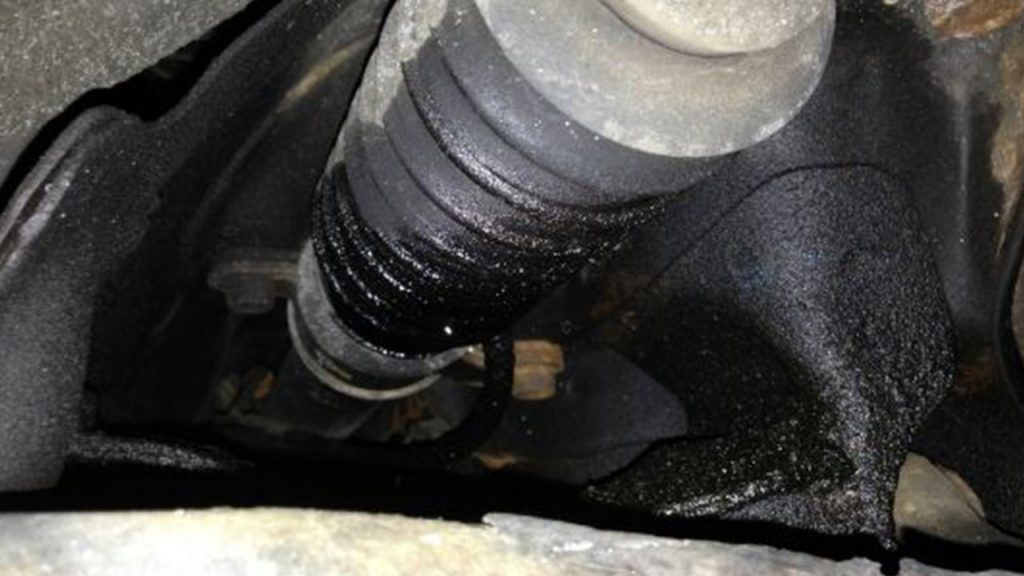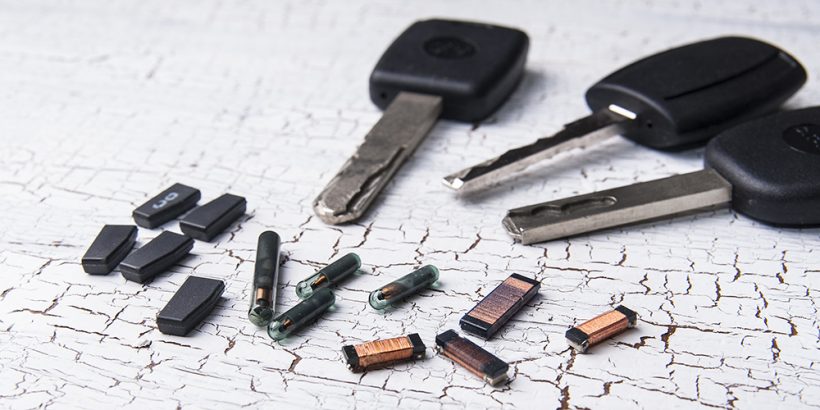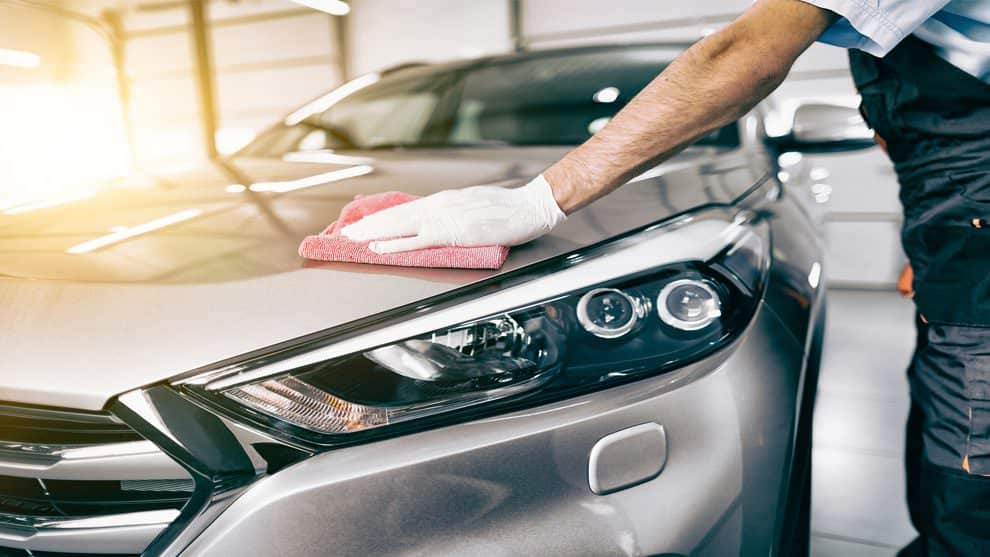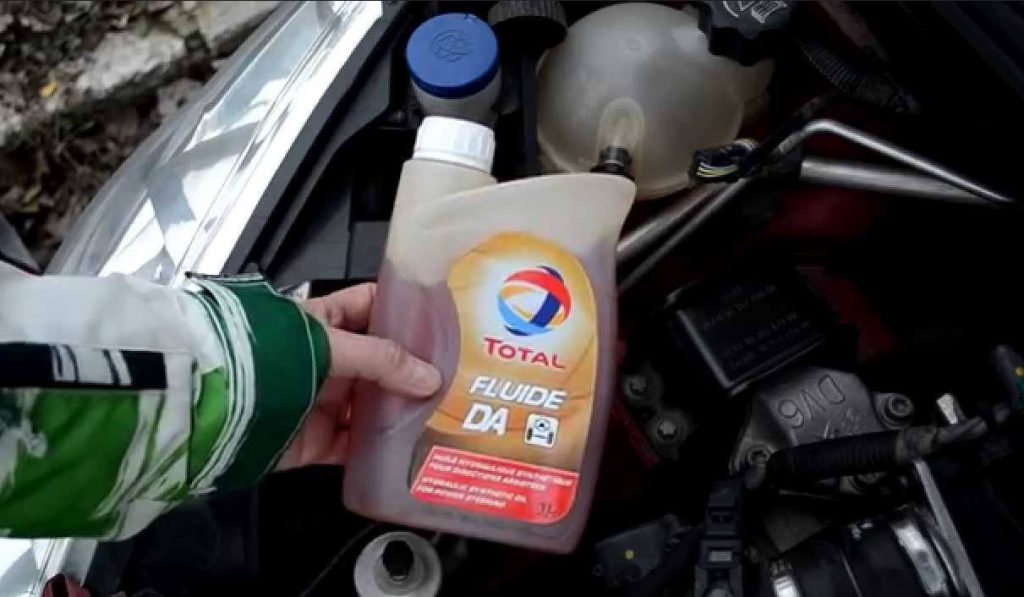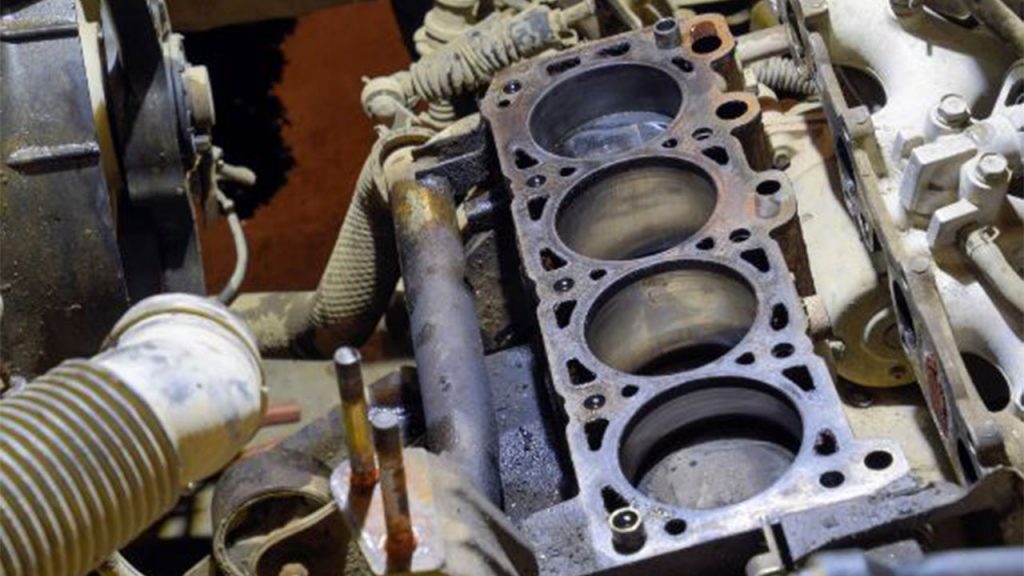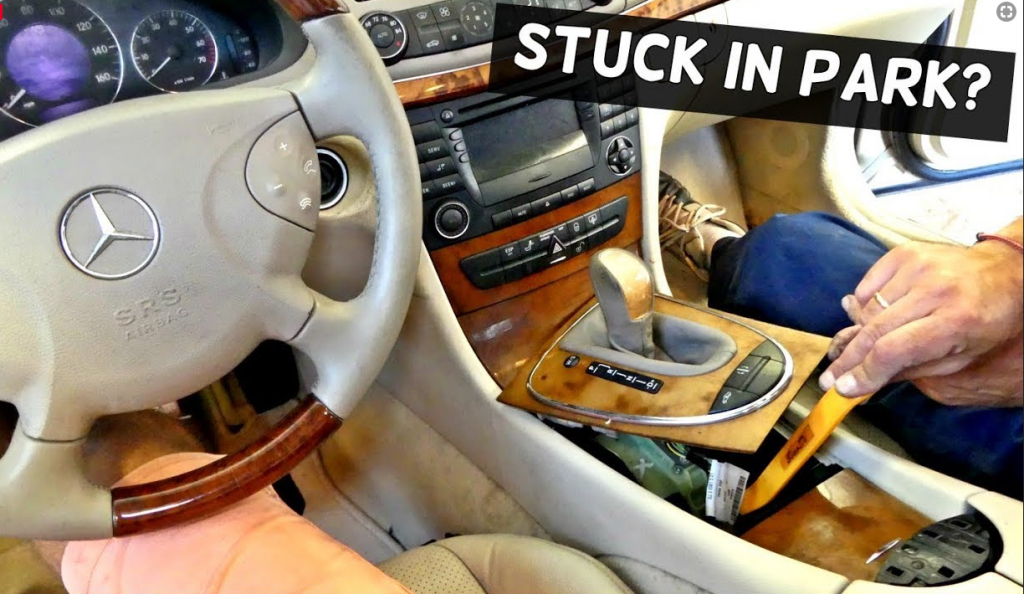Auto Car vs Manual discussion: The debate over manual versus automatic transmissions has been ongoing for decades. But what if choosing between the two wasn’t just about personal preference? These two systems are built and operate on completely different principles, each with its own configurations, strengths, and weaknesses. Let’s cut through all the noise to see the science behind both of them and compare their functionality, cost, and use case to figure out which one fits your needs and driving style best. Finally, we will address some of the frequently asked questions on both of them.
related Article:Reasons For Car Not Accelerating When Pressing Gas
11 Things You Should Never Do to a Car With an Automatic Transmission
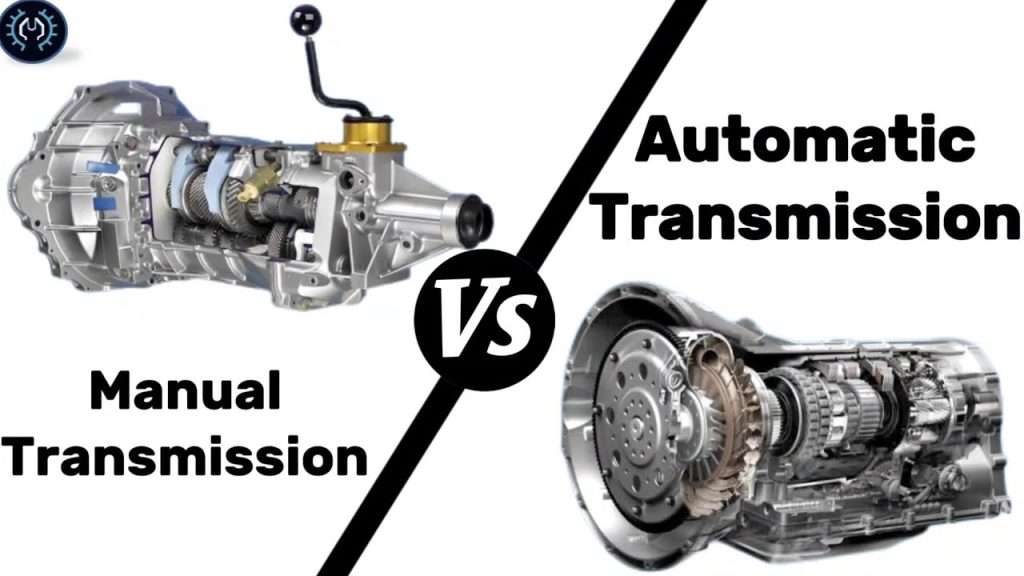
Summary: Auto Car vs Manual Transmission, Which one is Better?
Automatic Cars:
- Easy to use; great for city driving and traffic.
- Modern automatics offer smooth performance and fuel efficiency.
- Ideal for comfort and tech features like adaptive cruise control.
Manual Cars:
- More engaging; full control over gear shifts.
- Typically cheaper to buy and maintain.
- Perfect for driving enthusiasts or challenging terrains.
Which is Better?
- Automatic: Best for convenience and daily comfort.
- Manual: Ideal for those who love driving and value control.
Table of Contents
Overview of auto car vs manual transmission vehicle:
To truly appreciate the manual vs. automatic system, it’s helpful to look back at the history of the two technologies. Manual transmissions date back to the late 19th century, evolving from rudimentary gear systems into modern synchronized manuals. By 1928, synchronized manual transmissions became a standard feature in many vehicles, significantly improving drivability. On the other hand, automatic transmissions, introduced in the 1930s, gained popularity with the invention of the torque converter in the 1940s, which allowed smoother gear shifts. By the 1980s, automatic transmissions accounted for over 50% of car sales in the U.S. Today, advanced forms like dual-clutch and continuously variable transmissions dominate the market, blending efficiency with convenience.
Why Do cars Need Transmissions
So, Why Do We Need Transmissions in cars? An internal combustion engine (IC engine) generates useful torque and power only within a specific speed range. Directly connecting the drive wheels to the engine would lead to inefficiencies and poor performance. A transmission ensures that the engine operates within its optimal efficiency range while accommodating variations in drive-wheel speed.
Without a transmission, the engine would struggle to move the car smoothly at low speeds or maintain performance at high speeds. Starting from a stop would be challenging, acceleration would suffer, and fuel consumption would skyrocket because the engine would frequently be operating outside its optimal range, which ranges around:
- 1,500 to 3,000 RPM for most naturally aspirated gasoline engines.
- 1,200 to 2,500 RPM for diesel engines and
- 3,500 to 6,000 or more RPM for high-performance or sports cars, where engines are designed to deliver power at very high speeds.
Auto Car vs Manual or Automatic Transmission
Operating within the optimal RPM range can improve fuel efficiency by up to 15% compared to operating outside it, underscoring the importance of a well-functioning transmission.
The transmission solves these issues by adjusting gear ratios to match the engine’s output with the vehicle’s speed and driving conditions. Lower gears multiply torque for starting and climbing, while higher gears allow for efficient cruising. Additionally, transmissions also help prevent stalling by disengaging the engine from the wheels when the car is stopped, thanks to the clutch in manual systems and the torque converter in automatic vehicles.
How Manual Transmissions Work.
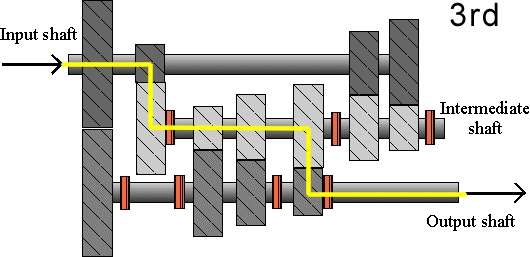
A manual transmission consists of three sections: the input shaft, the intermediate shaft, and the output shaft. The intermediate shaft, connected to the input, rotates at a constant speed. The output gears, which are not fixed to the output shaft, spin at varying speeds depending on the gear ratio.
To engage a specific gear:
A synchronizer aligns the speed of the gear and the shaft using a friction cone. The clutch pack disengages power flow during this alignment. Once the speeds match, the gear connects to the output shaft, and the clutch re-engages. While effective, this process causes a brief power discontinuation and speed drop, making manual transmission less smooth than its automatic counterpart.
How Automatic Transmissions Differ Automatic transmissions address the power interruption issue by employing a planetary gear set. This system has two inputs and one output, and varying the input speeds produces different output speeds.
Modern Innovations in Transmissions.
The automotive world has witnessed revolutionary innovations in transmission systems:
- Dual-Clutch Transmissions (DCT): Combining the efficiency of manuals with the smoothness of automatics, DCTs offer lightning-fast shifts and superior performance.
- Continuously Variable Transmissions (CVT): Common in hybrid and economy cars, CVTs eliminate fixed gear ratios, providing seamless acceleration and improved fuel economy.
- Manual Override in Automatics: Many automatics now include paddle shifters, allowing drivers to control gear shifts manually when desired.
CVTs, in particular, have been shown to improve fuel efficiency by up to 20% compared to traditional automatic transmissions.
Cost and Affordability:
While manual cars often have a lower initial cost due to their simpler design, the maintenance and repair costs for manual transmissions are typically less than for automatics. On average, a manual transmission repair costs between $1,000 and $2,000, while automatics can range from $3,000 to $5,000 due to their complexity. However, modern automatics can offset these costs by reducing wear and tear from smoother operation, particularly in heavy traffic conditions, potentially saving up to 10% on long-term maintenance expenses.
Environmental Impact.
Historically, manual cars were more fuel-efficient, contributing to lower emissions. However, modern automatic transmissions, with advanced torque converters and optimized gear ratios, have narrowed this gap. For example, cars with manual transmissions emit approximately 10% less CO2 compared to older automatic models. Meanwhile, hybrid vehicles with CVTs achieve unparalleled fuel economy, with some models offering up to 50 miles per gallon.
Key differences include:
- Planetary Gear Set Design: Automatic transmissions utilize a planetary gear set system instead of the simple gear pairs found in manual transmissions. This design allows for multiple gear ratios to be achieved with fewer components.
- Clutch Packs: In automatic systems, clutch packs control the movement of the ring and other planetary gears. These allow for seamless transitions between gears without the interruption of power flow that occurs in manual systems.
- Multiple Speeds with Planetary Gear Sets: Modern automatic transmissions can achieve six or more speeds by using three planetary gear sets in series, providing a smoother and more efficient driving experience compared to the step-by-step shifts in manual transmissions.
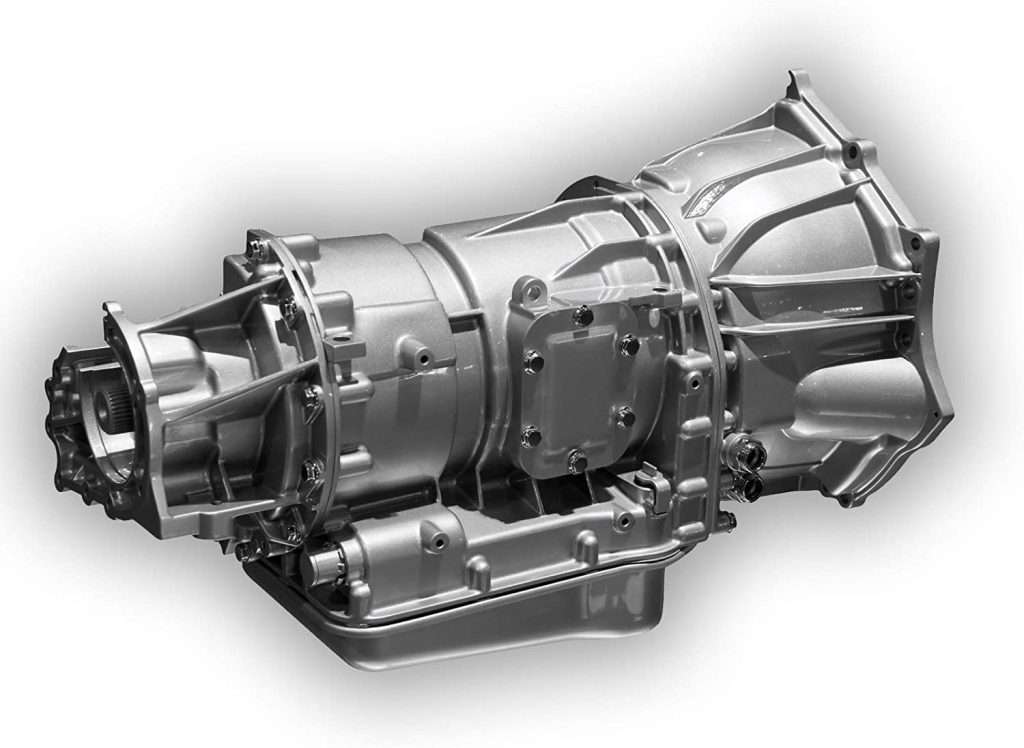
Direct Comparison of Automatic Transmission vs Manual Transmission
- Driving Experience: Automatic transmissions offer a smoother and simpler driving experience thanks to continuous power flow and computer-controlled operations. In contrast, manual driving can feel jerky due to power interruptions during gear changes. A 2020 survey conducted by Cadillac found that 66% of American drivers know how to operate a manual transmission. However, only 55% of those have owned or leased onebefore. Overall, more than 75% of U.S. drivers prefer automatics for their ease of use, while 20% favor manuals for greater control.
- Complexity and Maintenance: Manual transmissions are mechanically simpler, with fewer components, making them easier and less expensive to repair. Automatic transmissions, while more advanced, are tightly packed and require specialized maintenance.
- Efficiency and Durability: Manual vehicles are typically more fuel-efficient and durable, especially for heavy-duty operations. This is why nearly 80% of heavy-duty trucks use manual transmissions, as they last up to 20% longer in demanding environments compared to automatics. However, advancements in torque converters have improved the efficiency of automatic transmissions significantly.
- Performance Considerations: Manual transmissions remain the gold standard for sports and performance cars, offering drivers more control over acceleration and gear selection. In contrast, automatics shine in scenarios requiring consistent speed, such as highway cruising or stop-and-go traffic. Dual-clutch transmissions in sports cars can achieve 0-60 mph in as little as 3.5 seconds, compared to 4 seconds with manual counterparts.
- Regional Preferences and Trends: The choice between manual and automatic often varies by region. In Europe, 80% of new cars sold in 2022 featured manual transmissions, compared to only 2% in the U.S. Automatics’ global market share continues to rise as their convenience and performance improve.
- Resale Value and Market Demand: Cars with manual transmissions often have lower resale value due to reduced demand. Manual cars tend to depreciate 10% faster than automatics, though certain enthusiast and vintage models can command premiums. Automatics, being the more popular choice, generally offers better resale opportunities in the mainstream market.
- Skill Requirements and Learning Curve: Learning to drive a manual car can be challenging for new drivers, as it requires mastering clutch control and gear shifts. Automatics, with their ease of use, have become the default choice for learner drivers. The decline in manual-driving skills raises concerns about preparedness for scenarios where manual cars are necessary.
- Braking: Manual transmissions require the clutch pedal to be pressed before braking, separating the engine from the wheels. Automatic cars handle braking through a torque converter, a fluid coupling that prevents abrupt engine stalls but can generate heat, reducing efficiency.
- Off-Roading and Specialized Driving Scenarios: Manual transmissions are often preferred for off-roading and towing, where precise control over power delivery is essential. Automatics, however, are increasingly designed to handle these challenges, with advanced features like low-range gearing and hill descent control.
The Future of Transmissions:
With the rise of electric vehicles (EVs), the debate between manual and automatic transmissions may soon become irrelevant. EVs typically use single-speed transmissions, delivering seamless acceleration without gears. In 2023, EVs accounted for 14% of global car sales, and nearly all featured single-speed transmissions, showcasing a potential shift away from traditional transmission debates.
FAQS:
Is NASCAR cars automatic or manual?
NASCAR cars use manual transmissions. These cars are equipped with sequential gearboxes, which allow drivers to shift through gears quickly during races. While it’s not the traditional “H-pattern” manual, it still requires the driver to manually change gears with a paddle or stick.
Manual vs automatic fuel efficiency
When it comes to manual vs automatic fuel efficiency, I’ve noticed it really depends on the car and how you drive. In the past, manuals were almost always the fuel efficiency champions because you had more control over the gears. But modern automatics, especially CVTs and dual-clutch systems—have closed that gap, and in some cases, they even outperform manuals! Personally, if I’m doing a lot of highway driving, I lean towards automatic for its optimized gear ratios, but for city driving, a manual can still save fuel if driven efficiently.
Automatic vs manual which is faster
From my experience, automatics usually faster, and it’s all thanks to technology like launch control and lightning-fast gear shifts in modern automatics. Sports cars with advanced automatic transmissions can shift quicker than any human could with a manual, giving them the edge in acceleration and overall speed. But for a pure driving experience? There’s nothing like the thrill of manually shifting gears—it’s not always about speed but the connection with the car.
Is an electric car automatic or manual?
Electric cars are automatic by default. Unlike traditional combustion engine cars, electric vehicles (EVs) don’t require gear shifting. They have a single-speed transmission, so there’s no need for a manual or automatic transmission in the traditional sense – you just put it in drive, and it takes off!
Can a car be manual without a clutch?
Yes! A car can be manual without a traditional clutch if it has a semi-automatic or automated manual transmission. These types of systems still allow for gear shifting manually but use hydraulics or electronics to operate the clutch, making it easier for the driver to change gears without using a foot pedal.
Is automatic better than manual?
Whether automatic is better than manual depends on your preference and needs. Automatic transmissions are easier to drive, especially in traffic, and are generally more fuel-efficient these days. But for those who love full control and a more engaging driving experience, manual might be the better choice. I personally enjoy the connection I feel with the road when driving a manual, but it really depends on what you’re looking for!
Can a car be manual and automatic?
Yes, cars with dual-clutch transmissions (DCT) or CVTs can have both manual and automatic modes. With these transmissions, you can switch between fully automatic driving and manual shifting, giving you the best of both functionality depending on your driving style or mood!
Both manual and automatic transmissions have their merits. Manual systems excel in durability, efficiency, and affordability, making them ideal for heavy-duty tasks. Automatics shine in convenience and smooth operation, perfect for urban and highway driving.
Why is manual better than automatic?
Personally, I love manual cars because they give you complete control over the driving experience. It feels more engaging, especially when you’re navigating twisty roads or tackling tricky terrain. Plus, manuals are often cheaper to maintain and can be more fuel-efficient if you know how to drive them well. But hey, it really depends on what kind of driving experience you prefer—manual is about connection, while automatic is all about convenience.
What’s the difference between manual and automatic cars?
In simple terms, it’s all about how the gears work. A manual car requires you to shift gears yourself using a clutch pedal and gear stick, which puts you in control of every shift. An automatic car, on the other hand, does all the gear-shifting for you, so you can just focus on the road. It’s like choosing between cooking your meal from scratch or having it delivered—both get the job done, but the experience is totally different!
Are F1 cars automatic or manual?
This one’s super interesting! F1 cars are actually neither fully automatic nor like traditional manual cars. They use something called semi-automatic gearboxes, where the driver shifts gears using paddle shifters on the steering wheel. No clutch pedal is needed—it’s all about speed and precision. It’s like the best of both worlds, designed purely for performance on the track.
Choosing the right transmission depends on your driving style and needs. For a hybrid solution combining the best of both worlds, consider exploring DSG (Dual-Clutch Transmission) technology.

